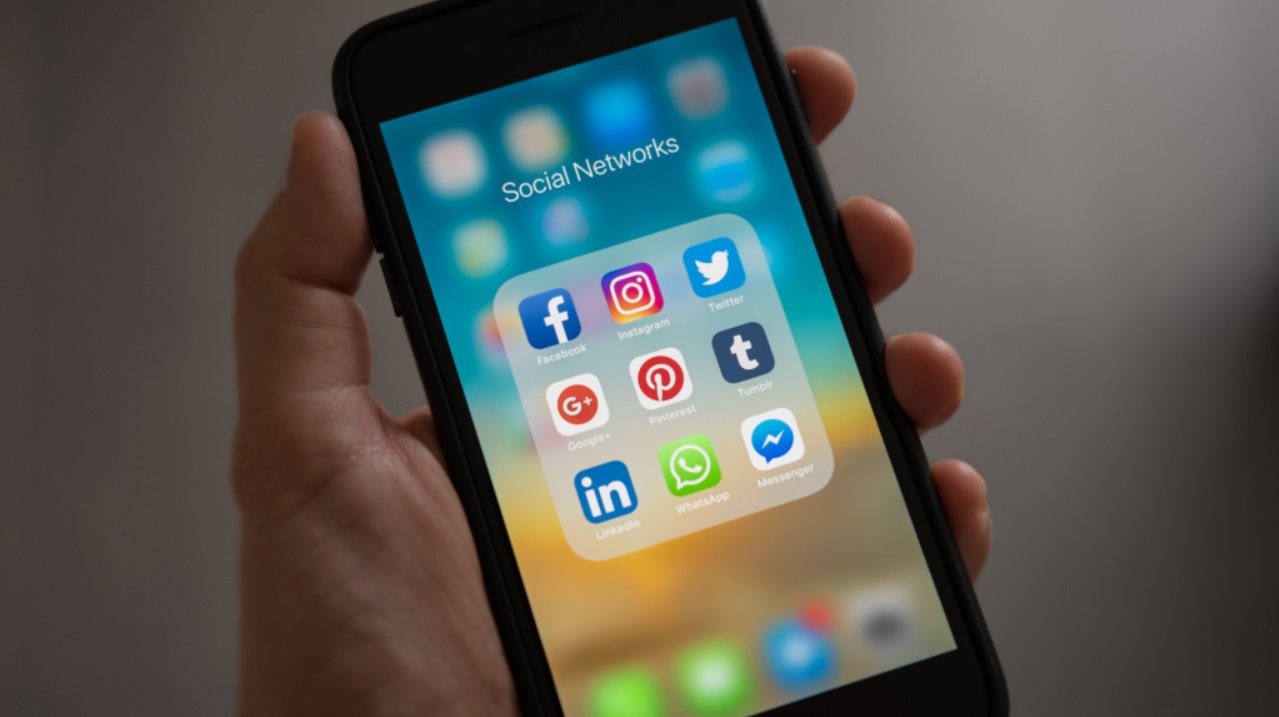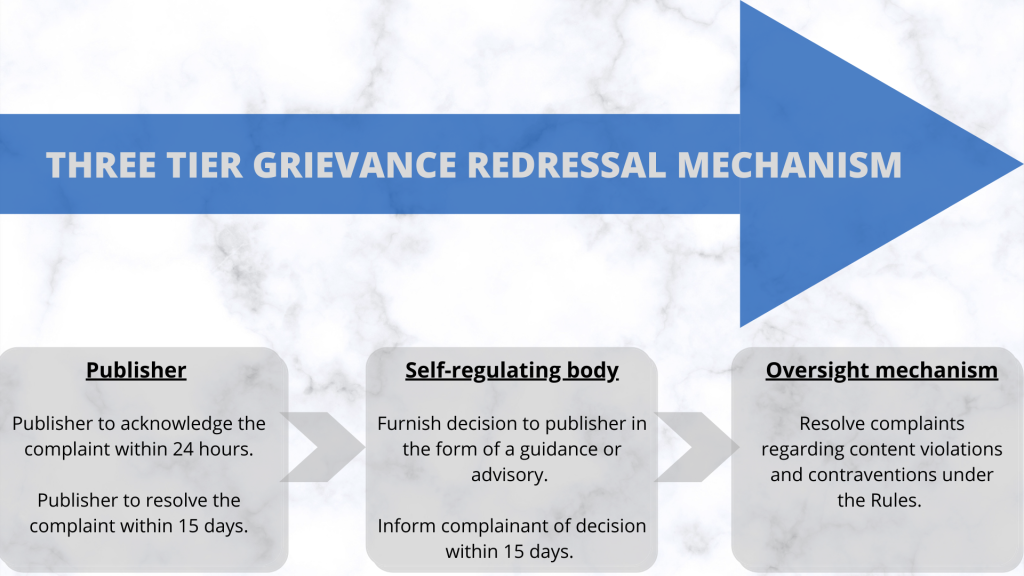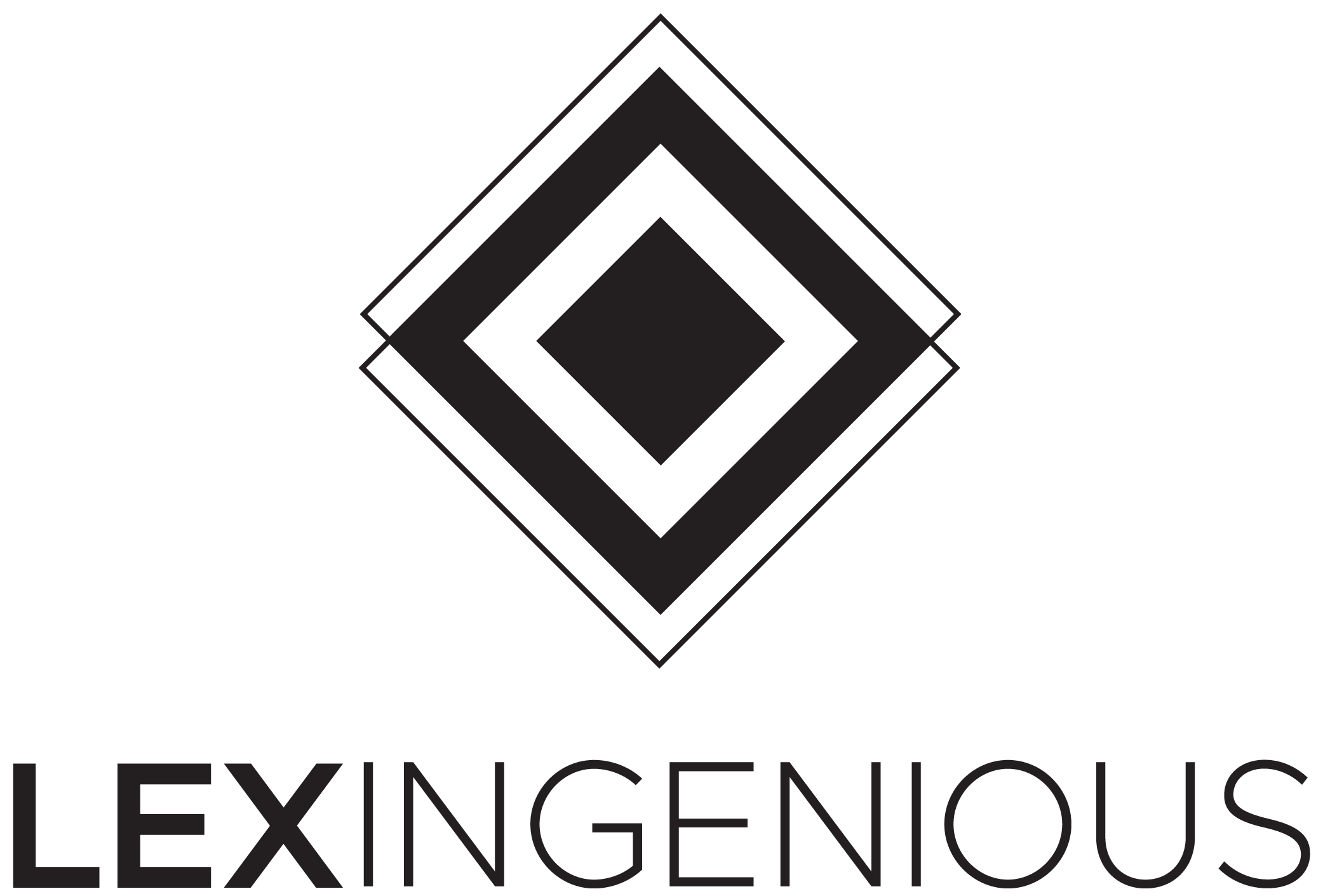
Regulating Online Platforms – A shot in the arm or a shot out of the park?
The advent of the new-millennium in India was not only about making India a giant in the information technology service sector, it also brought in certain creations of freely available cheap internet. These creations, hitherto unknown under the broad umbrella of ‘digital/online’ media, included:
(a) ‘social media platforms’ like Hi5, Orkut, Facebook, Instagram etc.;
(b) ‘messaging platforms’ like Whatsapp, Telegram, Signal etc.;
(c) ‘online content creation platforms’ like YouTube, Snapchat etc; and
(d) ‘online content service providers’ more popularly known as ‘over-the-top (“OTT“) digital content providers’ like Netlix, Amazon Prime Videos, Zee5 etc.

Such has been their sway, that traditional sources of information dissemination like newspapers, broadcast television, periodicals and magazines have started losing ground. Social media has created social media stars with followers running into millions, thereby bringing in money from advertisements. Netflix and Amazon have come out of the pandemic as top online content streaming platforms commanding a fifth of the market share in India in the second quarter of 2020. While the unprecedented global pandemic and the work from home relaxations increased the consumption/ use of these platforms manifolds, the Government seems to be keeping a close eye on the content created by the social-media stars and the content streamed on the OTT platforms. For a long time this new age digital media was not regulated by any specific set of regulations. However, by adding ‘Digital/Online Media’ in the 2nd Schedule of the Government of India (Allocation of Business) Rules, 1961, the message of having an intent to regulate was loud and clear. On February 25, 2021, the Ministry of Information and Broadcasting (“MIB”) unveiled the Information Technology (Guidelines for Intermediaries and Digital Media Ethics Code) Rules, 2021 (“Rules”).
The new Rules supersede the Information Technology (Intermediaries guidelines) Rules of 2011 and are required to be read in addition to (and in harmony with) the Information Technology (Procedure and Safeguards for Blocking of Access of Information by the Public) Rules of 2009. These Rules aim to create a level playing ground and bring some accountability to the content being curated online by intermediaries.
Be it a social media platform, a messaging platform, a digital news publisher, an online content curator, or a User[1], here is how the Rules are rewriting the rules of the game.
Social Media Platforms
Taking into consideration the number of registered users on a social media platform, the Rules differentiate between a social media intermediary and a significant social media intermediary (“SSMI”). If a platform has more than 50 lakh registered users it is classified as a SSMI. SSMIs are subject to certain additional compliance under the Rules like –
(a) appointing various key persons like a Chief Compliance Officer, Nodal Contact Person and a Resident Grievance Officer to ensure adherence to the Rules, coordination with law-enforcement agencies and grievance redressal of complaints.
(b) publishing monthly compliance reports detailing the complaints received and the action taken thereon.
(c) identifying information which has been advertised or sponsored to its users.
(d) proactive monitoring and detection of information which depicts sexually explicit material or child sexual abuse material.
The most notable change brought by the Rules is the requirement of having a contact address in India for the purposes of receiving communications. This inclusion directly affects several foreign social media giants which have been operating in India without having any physical presence in the country. Though only SSMIs are subject to this additional compliance under the Rules, the MIB can ask other social media intermediaries to comply with some or all the additional compliance if such intermediaries permit transmission of information which may create material risk to the sovereignty, integrity and security of India.
Messaging Platforms
Messaging platforms are required to adhere to all compliance applicable to social media intermediaries. However, a SSMIs providing messaging services are required to be able to identify the first originator of any information disseminated. This has sparked a debate within the tech community since the provision hits at the heart of end-to-end encryption safety blanket offered (rather marketed) by various messaging platforms. Though the Rules clarify that no SSMI will be required to disclose the contents of any message, the requirement to identify the originator remains controversial and much talked about amongst relevant stakeholders.
Digital News Publishers
The new Rules seek to establish a uniform code of ethics, procedure and safeguards for digital news and media platforms. Under these Rules, digital news publishers are required to provide to MIB, details of their user accounts on media platforms, to get a visible verification mark on the relevant media platforms. This may be something akin to a blue tick sign that is used to identify verified celebrity/ official profiles on certain platforms. The new inclusions seem to bring a subtle but remarkable change in the process of identifying fake publishers and news on digital platforms.
Online Content Curators
Online content curators or OTT platforms are required to assess and review the content being exhibited on their platforms. The code of ethics mandates that OTT platforms take into consideration India‘s multi-racial and multi-religious context and exercise due caution and discretion when featuring the activities, beliefs, practices, or views of any racial or religious group. The provisions in the Rules seem to be motivated by the recent objections and adverse complaints received from various viewers and interest groups on the content of streaming platforms. Further, OTT platforms are required to classify their content into suitable categories basis the age of the user. OTT platform need to ensure that access control mechanisms, including parental locks, are in place to restrict access of certain content to children.
Users
The Rules lay down a three-tier grievance redressal mechanism for all users/ viewers of online content. A viewer may file a complaint against any objectionable content or information published/ displayed online and expect a response from the intermediary within 15 (fifteen) days. In case no redressal is provided by the intermediary within the notified timeline, the User may proceed to other forums to address its concerns.

Power and Accountability
It is well understood that the true power of social media, instant messaging, content creation and OTT platforms is in their ability to capture the interest of the masses. Some of these platforms thrive upon not only their ability to market to the masses (quickly) but also their ability to analyse (profile and target) individual users.
At the same time, most of these new age online platforms are tech giants contributing to the world economy in different ways. It is unlikely that the Indian Government would want to step back from reaping the economic benefits of having these tech giants in India. By mandating feasible due diligence, introducing proactive monitoring of content and providing a code of ethics, the Rules intend to balance between ease of doing business for the intermediaries and their responsibility towards the Users. On a holistic review of the Rules, it is clear that the Government intends to make intermediaries accountable for holding one of the most powerful tools of today – interest of the masses. The extent of implementation of these Rules may (or may not) surface some practical challenges in future.
[1] Under the Rules, the term has been defined to mean any person who accesses or avails any computer resource of an intermediary or a publisher for the purpose of hosting, publishing, sharing, transacting, viewing, displaying, downloading or uploading information and includes other persons jointly participating in using such computer resource and addressee and originator.

